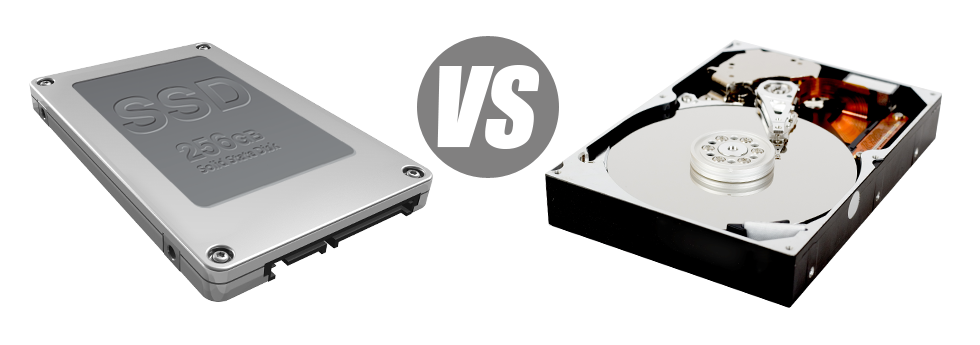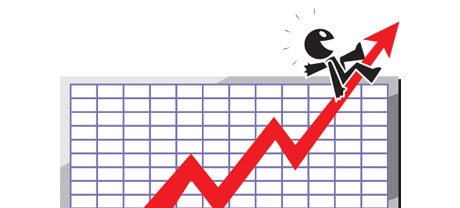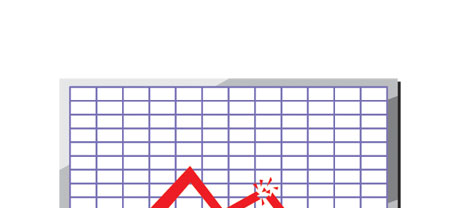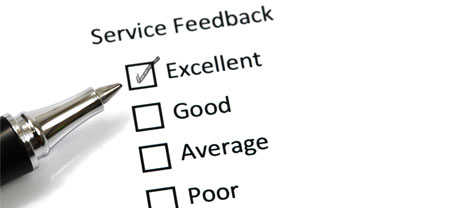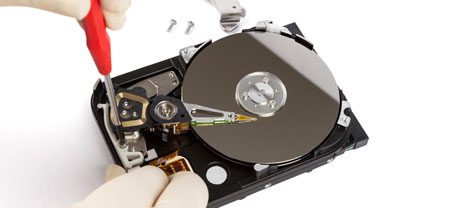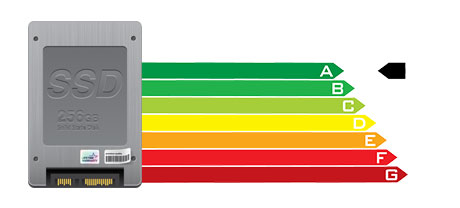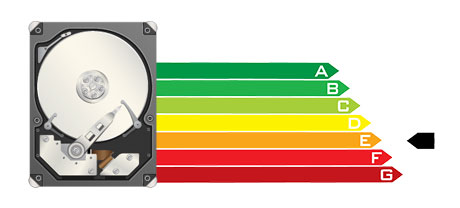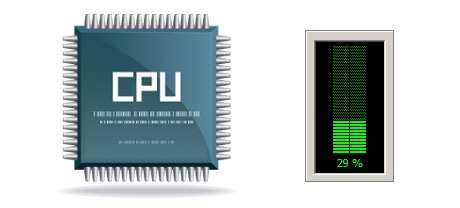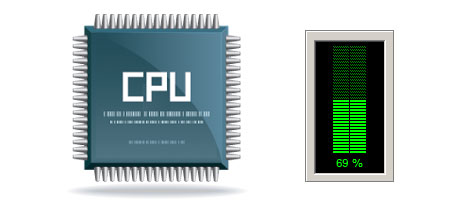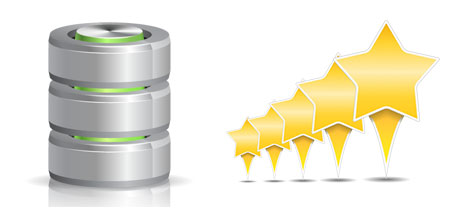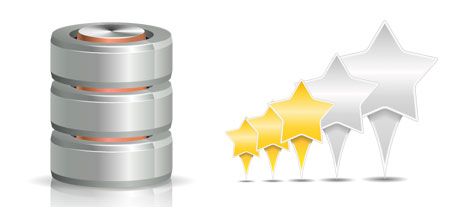When you have a web site or an application, speed is very important. The quicker your website performs and then the faster your apps operate, the better for you. Considering that a website is only a collection of files that connect to one another, the systems that store and access these files have a crucial role in website effectiveness.
Hard disk drives, or HDDs, have been, right up until the past several years, the most reliable systems for keeping information. However, in recent years solid–state drives, or SSDs, have already been gaining interest. Check out our assessment chart to see if HDDs or SSDs are more effective for you.
1. Access Time
Because of a revolutionary new solution to disk drive general performance, SSD drives enable for faster file accessibility speeds. Having an SSD, data file access times tend to be lower (as little as 0.1 millisecond).
HDD drives even now take advantage of the same basic data file access technique which was actually created in the 1950s. Even though it was noticeably improved since then, it’s slow in comparison to what SSDs are offering. HDD drives’ data file access speed can vary in between 5 and 8 milliseconds.
2. Random I/O Performance
The random I/O performance is critical for the overall performance of a data file storage device. We have conducted in depth exams and have confirmed that an SSD can manage at the very least 6000 IO’s per second.
All through the exact same tests, the HDD drives turned out to be much slower, with simply 400 IO operations handled per second. Even though this might appear to be a good deal, for those who have a busy web server that hosts a lot of well–known web sites, a slow hard disk drive can result in slow–loading websites.
3. Reliability
SSD drives do not have virtually any moving parts, which means that there is significantly less machinery within them. And the less physically moving parts you will find, the fewer the likelihood of failing can be.
The average rate of failing of any SSD drive is 0.5%.
For an HDD drive to function, it must rotate 2 metallic hard disks at more than 7200 rpm, holding them magnetically stable in the air. They have a good deal of moving elements, motors, magnets and also other devices packed in a tiny location. Consequently it’s no wonder that the standard rate of failure associated with an HDD drive can vary among 2% and 5%.
4. Energy Conservation
SSD drives operate almost noiselessly; they don’t create excess warmth; they don’t involve more cooling down solutions and also consume less electricity.
Trials have established that the common electricity consumption of an SSD drive is somewhere between 2 and 5 watts.
HDD drives are notorious for being noisy; they are prone to overheating and in case you have several hard drives in a single web server, you have to have one more air conditioning unit simply for them.
In general, HDDs use up in between 6 and 15 watts.
5. CPU Power
The swifter the file access speed is, the swifter the data demands will likely be delt with. Consequently the CPU won’t have to reserve resources looking forward to the SSD to respond back.
The normal I/O delay for SSD drives is just 1%.
When compared with SSDs, HDDs allow for reduced file accessibility rates. The CPU will be required to await the HDD to come back the required data, reserving its allocations meanwhile.
The typical I/O delay for HDD drives is around 7%.
6.Input/Output Request Times
The bulk of our brand–new machines are now using only SSD drives. Our very own tests have established that utilizing an SSD, the normal service time for any I/O request although building a backup stays below 20 ms.
Throughout the exact same lab tests using the same server, this time installed out using HDDs, general performance was noticeably slower. Throughout the server back up procedure, the average service time for I/O demands fluctuated between 400 and 500 ms.
7. Backup Rates
You’re able to notice the real–world potential benefits to using SSD drives day after day. By way of example, on a server loaded with SSD drives, a full back up is going to take simply 6 hours.
Over time, we’ve got worked with largely HDD drives with our machines and we are well aware of their functionality. With a web server loaded with HDD drives, a complete web server backup typically takes about 20 to 24 hours.
The VPS web hosting service as well as our normal Linux cloud service accounts have SSD drives by default. Be a part of our family here, at WebsiteHosting.baby, to see how we can help you enhance your site.
Hepsia
- Live Demo
Service guarantees
- Each of our Virtual Private Servers is configured for you for free. 99.9% network uptime. Full SSH/full root access.
Compare our prices
- Simply examine the quotas and characteristics supplied by WebsiteHosting.baby’s Virtual Private Servers. Find out which VPS Web Hosting setup will provide you with exactly what you need to take care of your multi–media online presence effortlessly.
- Compare our hosting plans
Contact Us
- Get in touch with us 24/7/365 by email or by employing WebsiteHosting.baby’s ultra–fast ticketing platform. Our technicians are prepared to answer your queries within just 60 minutes.
